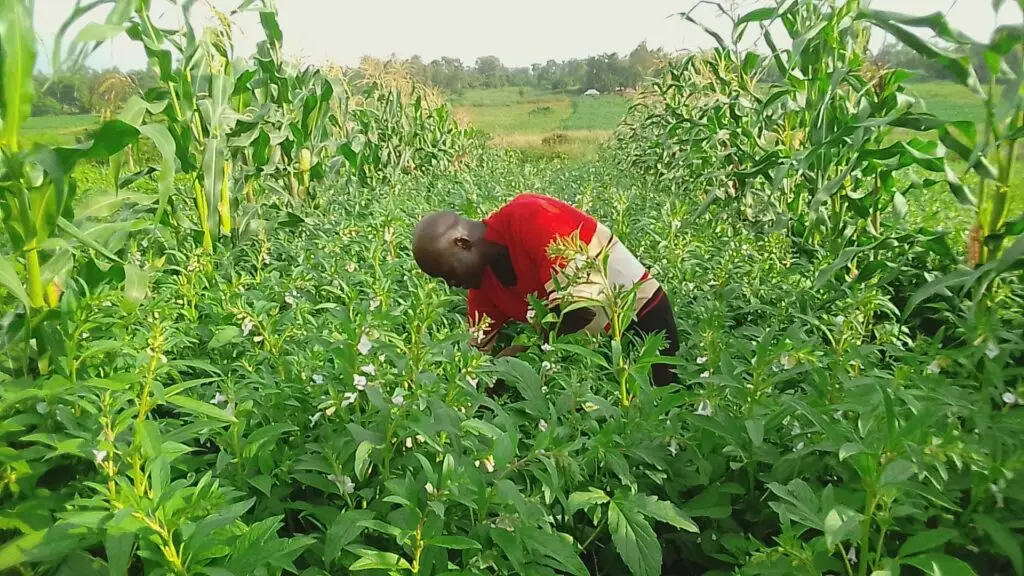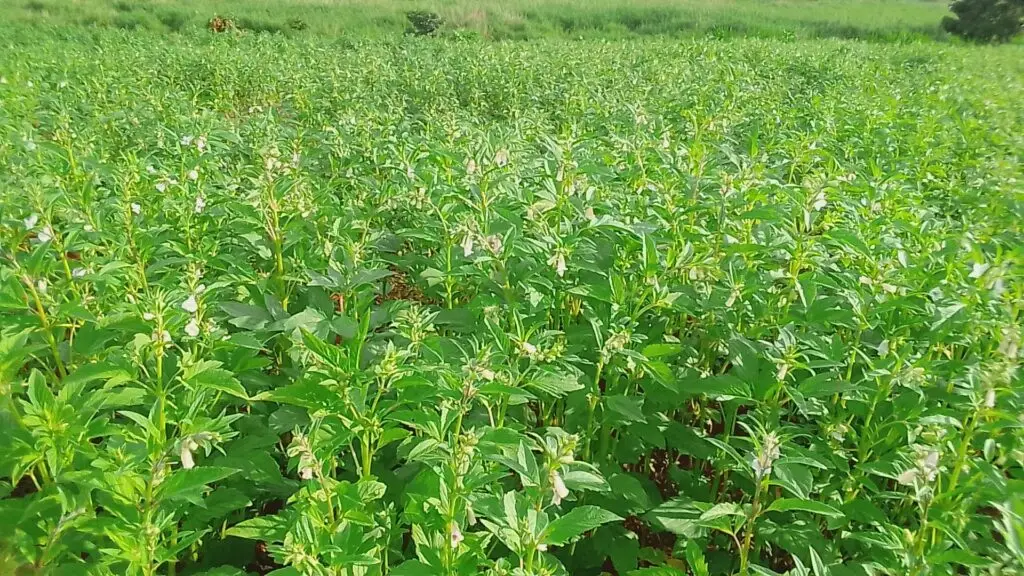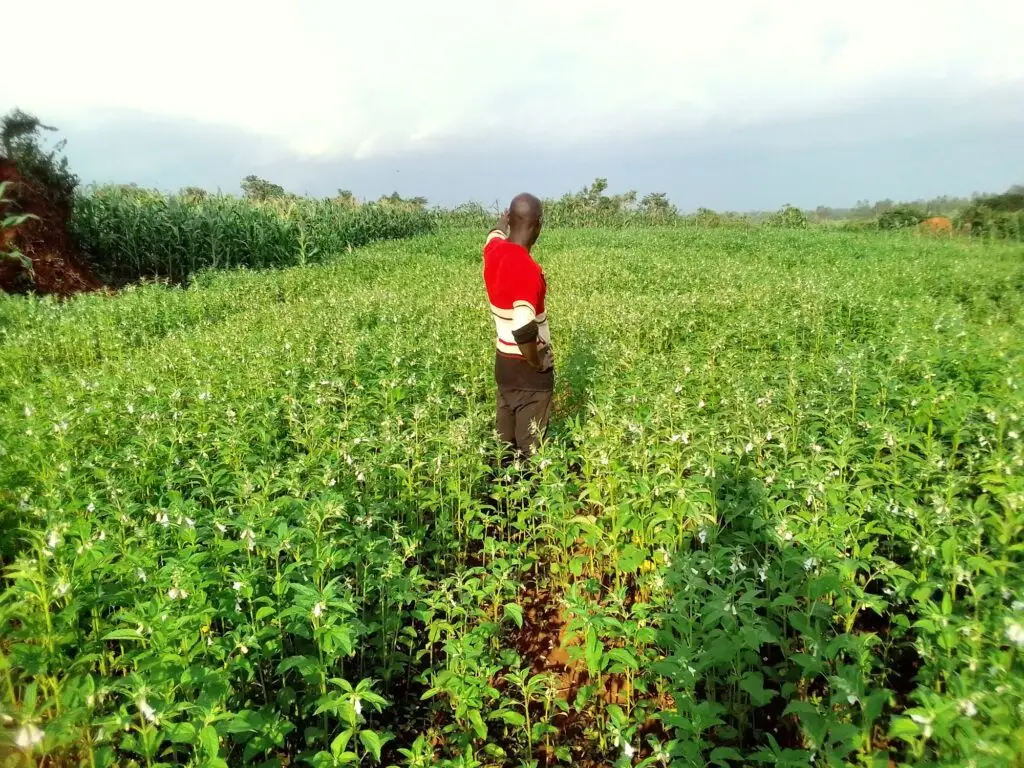
A couple of weeks ago, a very good friend of mine, and a young passionate farmer, Ouma, came to me at my electronic and phone accessories shop for help deciding which new crop he should plant on his one acre farm. I was of course glad to hear another young man interested in pursuing agribusiness as that has always been my rallying call to my fellow youths, especially those in Busia county. Agribusiness is the best and fastest way to create employment among ourselves and alleviate our people from the chains of poverty.
“What do you have in mind, bro?” I asked him to see what options he had in mind.
He smiled before answering in a doubtfully, “I was thinking maybe cabbage.”
Cabbage, I mused to myself. And I think he was hesitant of saying cabbage probably because he thought it would sound crazy. No one plants that crop in this region, especially not on such scale. But he was relieved to see me nod knowingly and assuaring.
“Apart from cabbage,” I went on. “Any other crop you were considering?
Now with confidence he said, “onions” and in a quick rejoinder added millet. I asked him why not maize like everyone else. I wanted to test him. And the answer he gave told me he had some basic knowledge on farming, except millet was from the same family as maize, and considering planting millet when you previously had maize in that same field wouldn’t be crop rotation.
Ouma didn’t have an irrigation plan, like every other farmer in Busia, mind you we have so many rivers with enough volume of water for irrigation, was depending solely on rain water which you can’t depend on. Apart from cabbage, onion thrive under a drip irrigation, plus the seeds are so expensive and since he didn’t have a good budget to cater for the initial investment, going for such venture seemed imprudent.

“Ever tried simsim (sesame)?
He shook his head but his attention was obviously aroused. He was curious to know more about the crop. And I was willing to give him the information on the requirements of the crop and the management.
What you need to know before venturing into Sesame (Sesamum indicum) farming. Sesame is an oilseed crop known for its rich oil content and nutritional value. First is the health benefits of sesame. Sesame seeds offer several health benefits due to their rich nutrient content. Here are ten key health benefits of sesame:
1. Rich in Nutrients: Sesame seeds are a good source of healthy fats, protein, fiber, B vitamins (especially B1 and B6), and minerals like calcium, magnesium, iron, and zinc.
2. Heart Health: The seeds contain monounsaturated and polyunsaturated fats, as well as antioxidants like sesamin and sesamol, which can help lower cholesterol and support heart health.
3. Bone Health: High in calcium, magnesium, and phosphorus, sesame seeds support strong bones and may help prevent osteoporosis.
4. Blood Pressure Regulation: Magnesium and sesamin in sesame seeds can help reduce blood pressure levels.
5. Anti-inflammatory Properties: Antioxidants and healthy fats in sesame help reduce inflammation in the body, which is beneficial for chronic conditions like arthritis.
6. Supports Immune Function: Zinc and selenium, present in sesame, play important roles in maintaining immune system health.
7. Improves Digestion: The fiber in sesame seeds promotes healthy digestion and regular bowel movements.
8. May Support Blood Sugar Control: Some studies suggest that sesame oil and seeds may help regulate blood sugar levels, especially in people with type 2 diabetes.
9. Hormonal Balance: Lignans in sesame seeds can help balance hormone levels, particularly in postmenopausal women.
10. Skin and Hair Health: The zinc, vitamin E, and fatty acids in sesame contribute to healthy skin and hair.

On the planting requirements, here are some of the key points you should know.
- There are several varieties of sesame, classified based on seed color, plant type, and adaptability. Here’s an overview of common sesame varieties:
By Seed Color
i. White Sesame: Preferred for food and confectionery. Often used for tahini and bakery items.
ii. Black Sesame: Valued in Asian cuisine and traditional medicine. Contains slightly higher antioxidants.
iii. Brown/Red Sesame: Mostly used for oil extraction. Sesame is profitable and has ready local market. My own mom last year planted the crop — check out Sesame Harvesting where we’re helping mom dry the sesame in a traditional way — in a small portion of land and trust me she couldn’t meet the demand. So my friend wouldn’t have to go far in search of market for his crop. Plus the price is good, going as far as Ksh. 700 per gorogoro. - Sessame needs good soils rich in organic matter for more vigorous growth. Type of soil: well-drained sandy loam or loam soils are ideal.
pH: Neutral to slightly acidic (pH 5.5 to 8.0). Drainage: Good drainage is essential; sesame is sensitive to waterlogging. Cultivate your land to a fine tilth. In sides of the country, the best time to plant is during the second planting season of the year, around July. When it comes to fertilization, ensure it’s well-rotted organic manure (e.g., farmyard manure or compost).
Recommended dose: NPK (Nitrogen, Phosphorus, Potassium) — usually 30:60:30 kg/ha. Apply nitrogen in split doses (half at sowing, half 30 days after germination). - Sesame water requirement is very little. The local varieties we have are drought resistant crop. It requires very little amount of water when compared to crops such as cabbage or even onion that Ouma was considering. Rainfall of 500–800 mm.
- During planting you can choose either the modern way of sowing in lines or broadcasting. And the good thing about sesame is that both do well and in some instances you even get a better yield in broadcasting. Spacing: Row spacing of 30–45 cm, plant spacing of 10–15 cm.
- Under better conditions, the crop would start flowering as early as three weeks after planting. And it would continue flowering as the plant grows. And more flowers mean more pods which equals to more yield.
- When it comes to harvesting, it’s when it gets a bit complicated, but only if you’re considering my mother’s traditional way. In mama’s harvesting, you have to time the harvesting to happen when there’s very little rainfall. You have to build a structure outside either in the farm or at home on which you tie the straws facing up vertically. Go to my earlier mentioned post to see how the structure is built. You need more manpower if you have a large farm as you will need people for cutting down the straws, and carrying to the structure. Otherwise just cut and stack in bundles to dry, then thresh to extract seeds. Harvest when capsules turn yellow and start to dry (before they shatter).
- Pest and Disease Control
Common pests: Leaf rollers, gall midges, and jassids.
Common diseases: Leaf spot, powdery mildew, and bacterial blight.
Use integrated pest management (IPM) practices
At the end of the day after laying out that basic information before Ouma with an occasional question here and there, he had settled on his crop. He was going to plant sesame, and not on the second season, he was going to do it right away. And today I’ve been to his farm on his invitation and I was impressed. You can see my friend on some of the photos I’ve shared of him in his simsim farm.

Disclosure: This banner contains an affiliate link. I may earn a commission if you purchase through it, at no extra cost to you.

Pingback: Growing pumpkins: seed preparation - Money in Agribusiness